Ananyo Bhattacharya toasts Philip K. Dick’s prescient science-fiction classic.


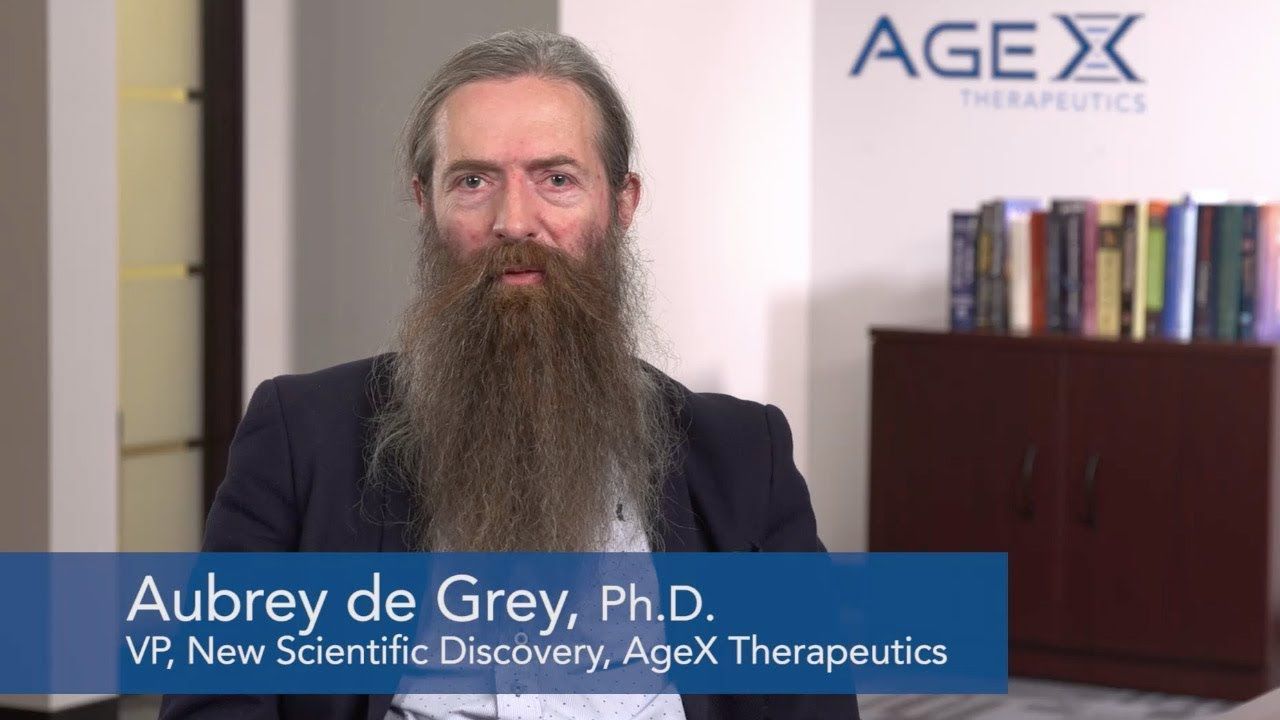
And what the media and scientists think of it.
Aubrey de Grey, Ph.D., Vice President of New Technology Discovery at AgeX Therapeutics, discusses the “Methuselarity” — the point at which technology enables humans to live to more than 1,000 years of age. Dr. de Grey believes this could happen within the coming decades and posits that some people born today may live to be 1,000 years of age. He further states that people who are 30 years old today have a 50/50 chance to live to be 1,000 years old. Dr. de Grey bases his assumptions on the research into aging that companies like Agex Therapeutics are pursuing. This video is the third in a series from AgeX about the future of aging and its impact on humanity. For more information on the company, please visit www.agexinc.com.
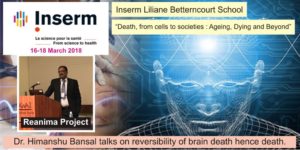
Two pivotal conferences on the topic of “death” coming up!!
First at the INSERM Liliane Bettencourt School on March 16–18 will be “Death: From Cells to Societies — Aging, Dying, and Beyond” -
Then, April 11–13 at Harvard Medical School, will be “Defining Death: Organ transplantation and the 50-year legacy of the Harvard report on brain death”
http://bioethics.hms.harvard.edu/annual-bioethics-conference-2018
An important inflection point for all!!

Our galaxy may contain billions of habitable worlds that don’t host any life. Should we attempt to change that?Claudius Gros at the Goethe University Frankfurt, Germany, thinks we should. He believes in directed panspermia: deliberately seeding life throughout the cosmos. And to do that, he proposes we use a laser propulsion system that may not be technically out of reach.

Breakthrough Starshot is a project with ambitious aims to use such systems to send tiny, lightweight probes to Alpha Centauri. The goal is to take pictures of our nearest star, but these systems could also deliver much larger payloads into orbit around nearby stars, says Gros.
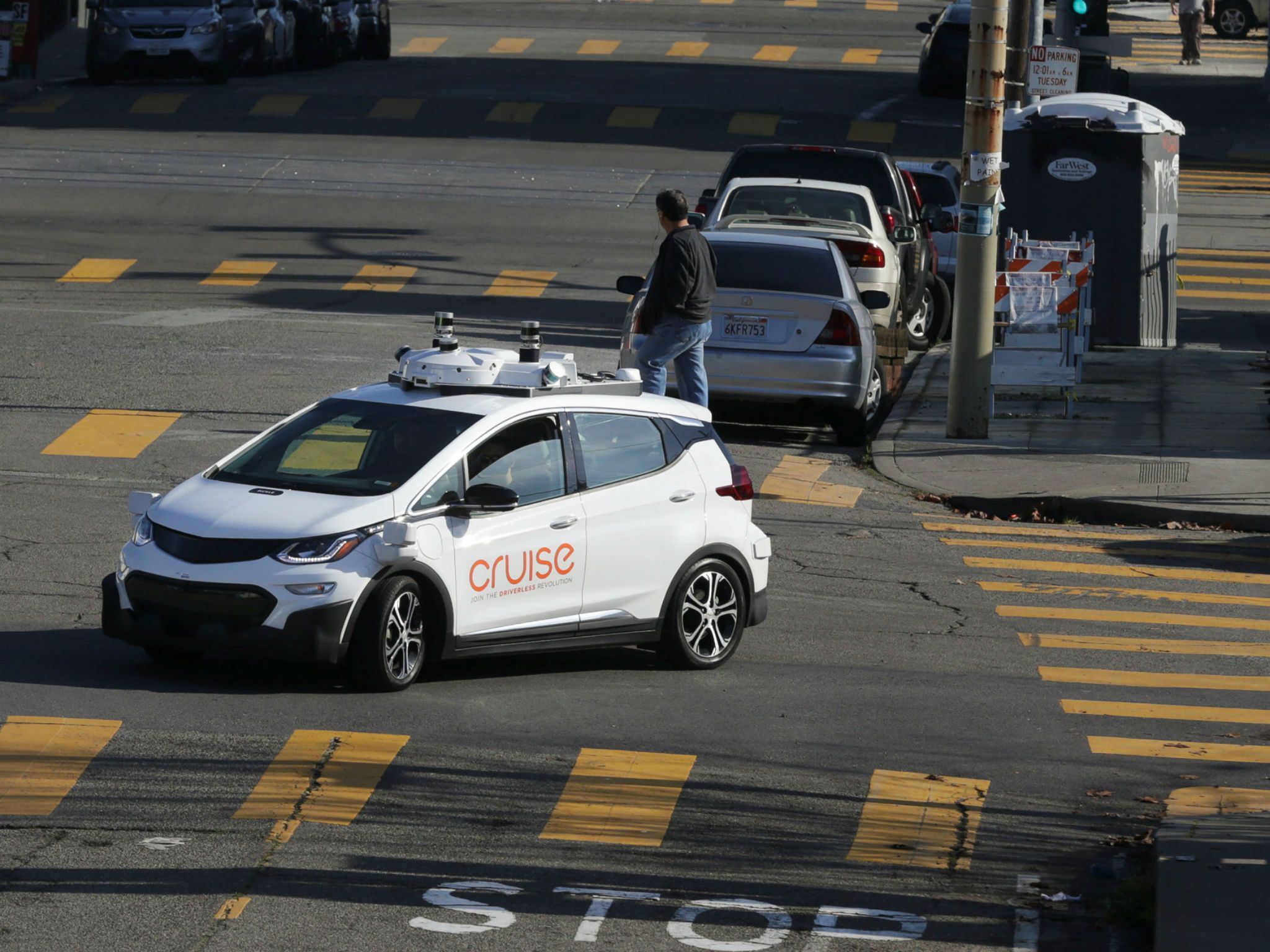
Kind of funny, but probably a sign of what will come in the mid 2020’s.
Technology and automotive companies touting self-driving cars as the future of transportation may have some work to convince San Franciscans, who keep attacking the vehicles.
A third of traffic collisions involving autonomous vehicles in 2018 so far featured humans physically confronting the cars, according to data released by California.
In one case, a taxi driver exited his cab and slapped the front passenger window of a General Motors Cruise parked behind him. No one was hurt, though the car sustained a scratch.

Yet several defense contractors are developing these engineering concepts for the U.S. military, hoping to get a piece of what is surely going to be a lucrative and lengthy contract.
Speaking to reporters at Lockheed Martin’s media day on Monday, CEO Marillyn Hewson touted investments in hypersonics, laser weapons, electronic warfare and artificial intelligence.
“Lockheed Martin has taken a leadership role in these four technology areas, and many others, to build an enterprise that can successfully support our customers’ rapidly evolving technology needs well into the future,” Hewson said.
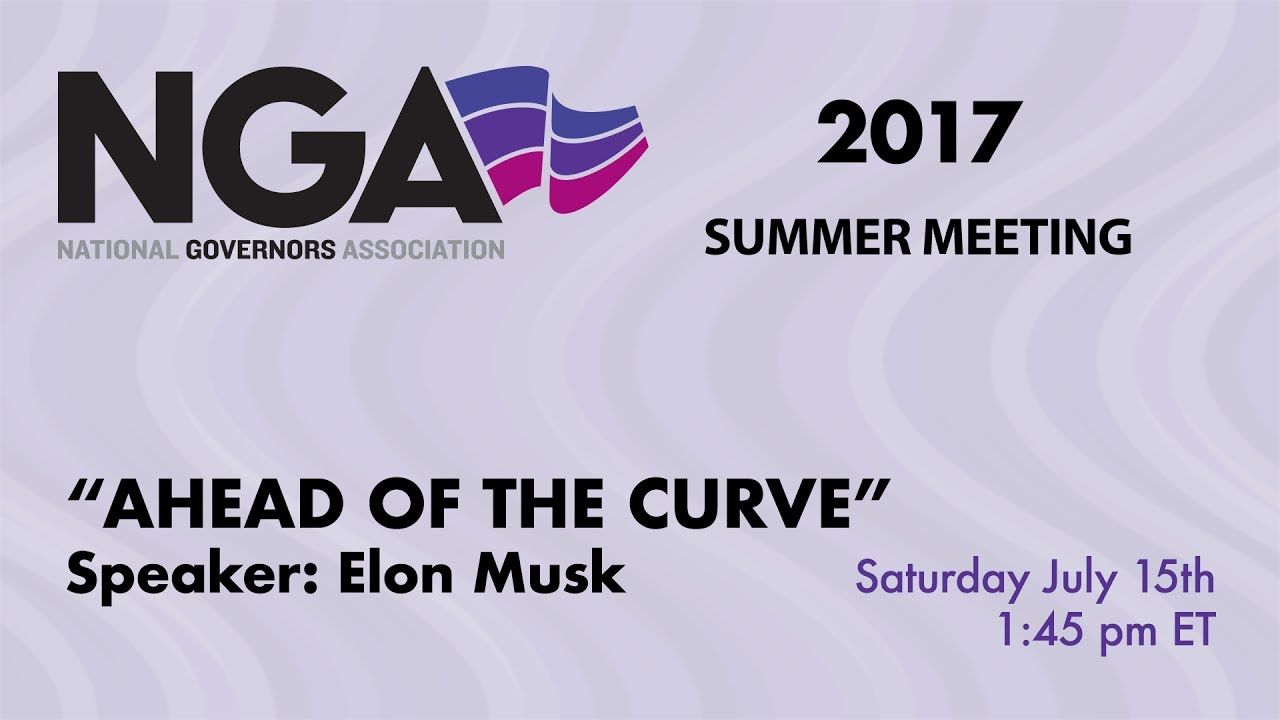
In a recent interview, Microsoft co-founder and billionaire philanthropist Bill Gates told The Wall Street Journal he disagrees with Elon Musk’s assertions that artificial intelligence is a significant threat to humanity.
Artificial intelligence (AI) is one of today’s hottest topics. In fact, it’s so hot that many of the tech industry’s heavyweights — Apple, Google, Amazon, Microsoft, etc. — have been investing huge sums of money to improve their machine-learning technologies.


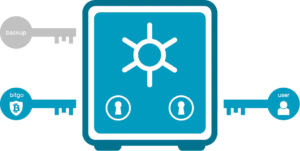
Legacy Method of Inheriting Assets
Many Bitcoin owners choose to use a custodial account, in which the private keys to a wallet are generated and controlled by their exchange—or even a bank or stock broker. In this case, funds are passed to heirs in the usual way. It works like this…
An executor, probate attorney, or someone with a legal claim contacts the organization that controls the assets. They present a death certificate, medical proxy or power-of-attorney. Just as with your bank account or stocks and bonds, you have the option of listing next of kin and the proportion of your assets that should be distributed to each. These custodial services routinely ask you to list individuals younger than you and alternate heirs, along with their street addresses, in the event that someone you list has died before you.
Of course, Bitcoin purists and Libertarians point out that the legacy method contradicts the whole point of owning a cryptocurrency. Fair enough.
Multisig to the Rescue
Using multisig would be far easier, if wallet vendors would conform to standards for compatibility and embed technology into hardware and software products. Unfortunately, they have been slow to do so, and there are not yet widely recognized standards to assure users that an implementation is both effective and secure. But, there is some good news: It’s fairly easy to process your ordinary account passwords and even the security questions with a roll-your-own multisig process. I’ve done it using PGP and also using Veracrypt—two widely recognized, open source encryption platforms.
This short article is not intended as an implementation tutorial, but if the wallet vendors don’t jump up to home plate, I may release a commercial tool for users to more easily add multisig to their wallets. It really is safe, simple and effective. (If readers wish to partner with me on this? I estimate that it will take $260,000 and about six months).
What is Multisig and How Does it Protect your Wealth?
Multisig allows anyone with credentials to an account, wallet or even a locked safe to create their own set of rules concerning which combinations of friends and relatives can access their assets without the original owner. The owner sets conditions concerning who, when, how much and which accounts can be accessed — and the heirs simply offer passwords or proof of identity. If implemented properly, it doesn’t matter if some of the heirs have forgotten passwords or died before the original owner.
This can be illustrated in an example. I am intentionally describing a complex scenario, so that you consider a full-blown implementation. Although the ‘rules’ listed below appear to be complex, the process for creating the associated passwords is trivial.
The last 2 rules listed below do not use Multisig technology, but rather Smart Contracts. It enhances an owner’s ability to dictate terms. Here, then, is the scenario…
I want heirs to have access to my assets
at banks, brokers, exchanges or other ac–
counts–but only under certain conditions:
 Again, the decedent’s wishes are complex, but executing and enforcing these rules is trivial. In my presentations, I describe the method on two simple PowerPoint slides. Even that short description is sufficient to show anyone who has used common cryptography apps to weave their own multisig add-on.
Again, the decedent’s wishes are complex, but executing and enforcing these rules is trivial. In my presentations, I describe the method on two simple PowerPoint slides. Even that short description is sufficient to show anyone who has used common cryptography apps to weave their own multisig add-on.
Of course, each individual will need to locate their own secret password, but a biometric or other conforming proof-of-identity can be substituted. Even if several survivors cannot recall their credentials, the multisig method allows other combinations of individuals to access the assets across all accounts.
This article may leave you wondering about the legal process—and this is where I agree with the Libertarian viewpoint: Sure! The courts have a process and heirs should document their access and decisions for tax purposes and to assure each other of fair play. But a key benefit of cryptocurrency and the disintermediation offered by the blockchain is the personal empowerment of access with impunity and without waiting for any legal process.
Let the courts to what they do, while you honor the wishes of your dearly departed.
If this article generates sufficient interest, I may prepare a short tutorial on how to split off your own Multisig passwords, regardless of which wallet or hosted services you use. It will work with any vendor, app or gadget —or— Perhaps, I will refine my homespun solution and offer it as an add-on app that can be used with any wallet, bank account or exchange. Simple, ubiquitous and effective multisig should have been available to even traditional banking customers years ago!
Philip Raymond co-chairs CRYPSA, hosts the New York Bitcoin Event and presents at
Crypto Conferences around the world. Book a presentation or consulting engagement.